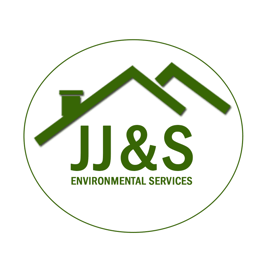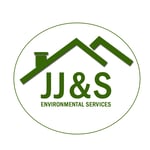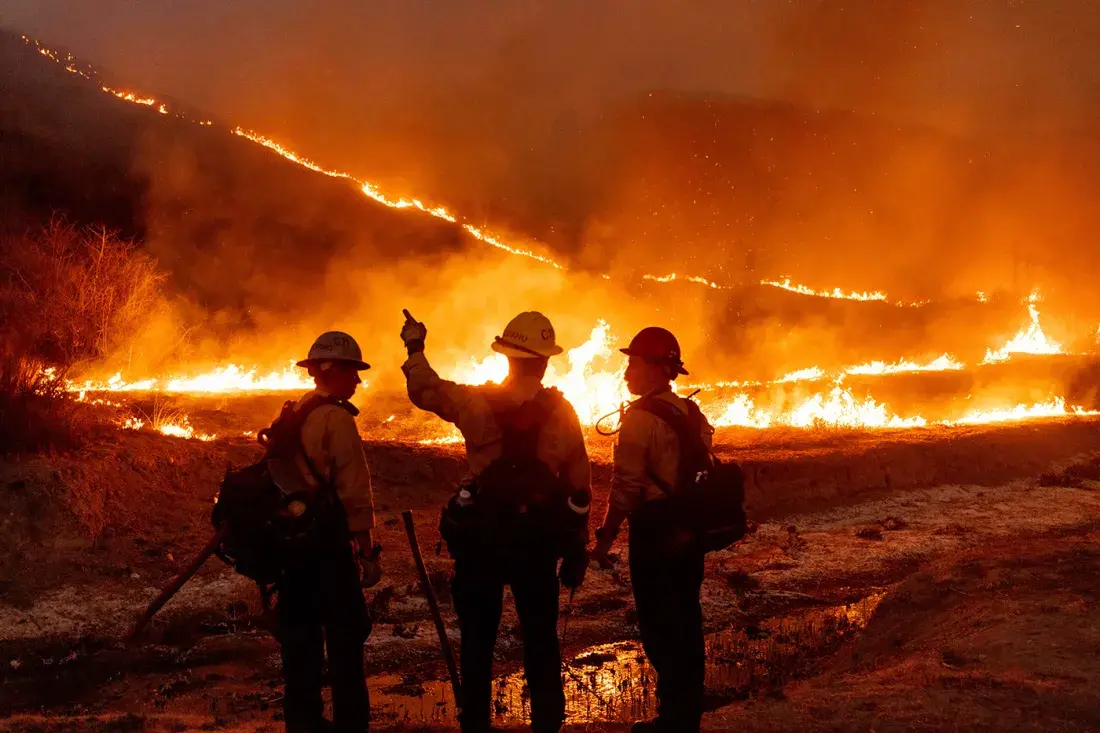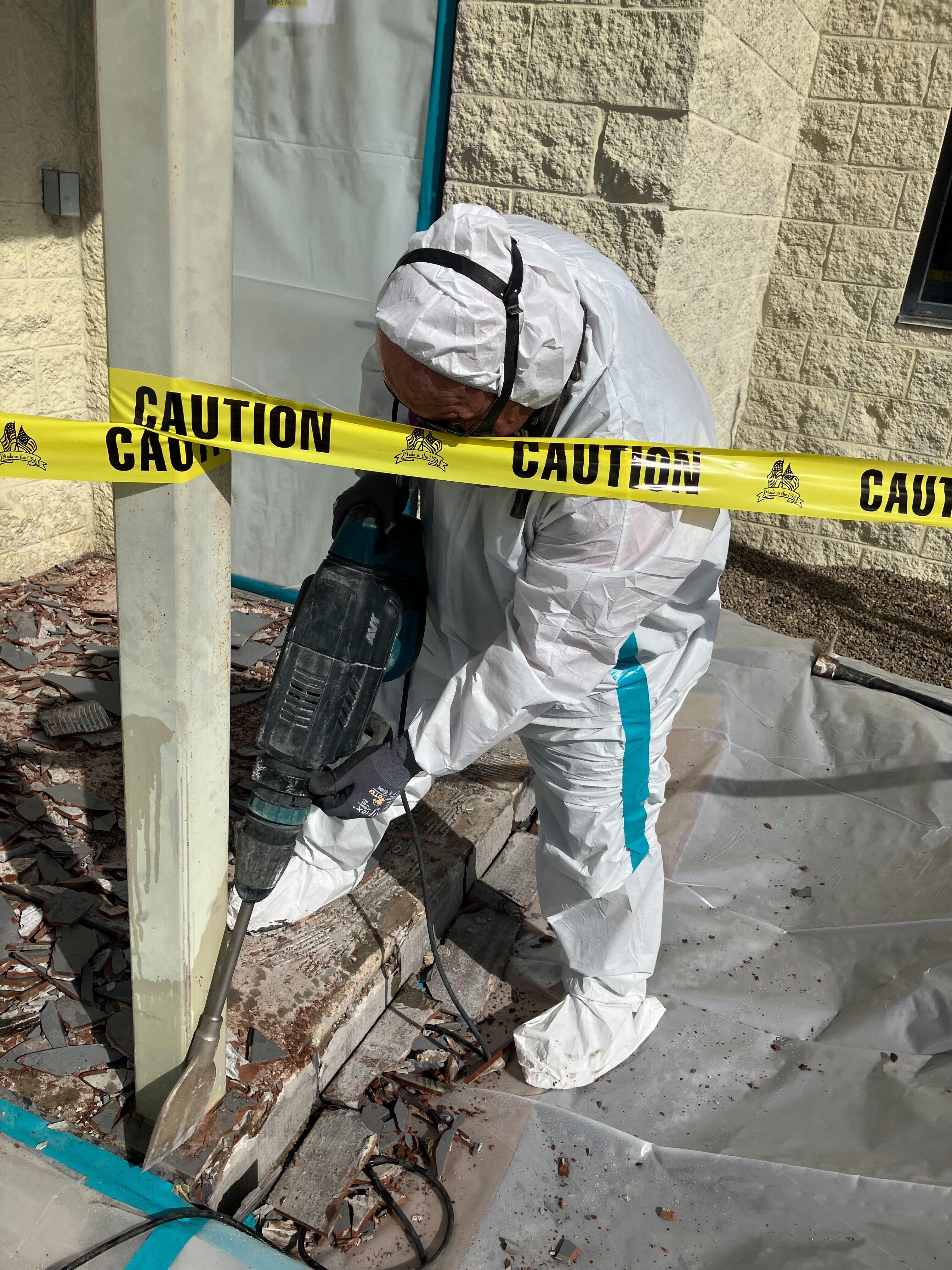EPA and OSHA rules for environmental projects
Talk with us
EPA and OSHA rules for environmental projects
When you’re working on environmental projects (whether it’s mold remediation, asbestos abatement, or post-fire cleanup) navigating the alphabet soup of regulations can feel overwhelming. Yet, understanding the essentials of EPA and OSHA rules is not just an exercise in compliance, it’s critical for protecting your clients, your team, and your business reputation.
Let’s break down what you really need to know about EPA and OSHA regulations and share a few practical tips to help you stay on top of compliance.

What is the EPA Responsible For?
The Environmental Protection Agency (EPA) is the federal watchdog for protecting human health and the environment. In the world of restoration and abatement, the EPA’s main concern is the safe handling and disposal of hazardous substances like asbestos, lead, and certain mold types.
A few regulations you’ll likely encounter:
- The Clean Air Act (CAA) mandates notification and proper handling of asbestos during building renovations.
- The Lead Renovation, Repair and Painting Rule (RRP) sets standards for lead-safe work practices.
- Hazardous Waste regulations require proper identification, storage, and disposal of contaminated materials.

What About OSHA?
While the EPA looks out for the environment and the public, the Occupational Safety and Health Administration (OSHA) is all about protecting workers. OSHA rules are designed to reduce the risk of injuries, illnesses, and exposure during hazardous work.
Essential OSHA standards for environmental projects include:
- The Hazard Communication Standard, which requires you to inform and train your crew about the chemicals and hazards they’re working with.
- The Respiratory Protection Standard, which outlines how to evaluate hazards, provide appropriate masks, and ensure fit testing.
- OSHA’s Asbestos and Lead standards, which prescribe safe work practices, air monitoring, and medical surveillance when working with these materials.
Making Sense of Documentation
Both the EPA and OSHA have one thing in common: they love documentation. Keeping detailed records isn’t just bureaucracy, it’s your insurance policy if there’s ever a question about compliance.
- Keep copies of notification forms, disposal manifests, and air monitoring results.
- Document your team’s training sessions and fit tests.
- Maintain a written hazard communication program and keep all Safety Data Sheets (SDS) up-to-date and accessible.
Practical Compliance Tips
- Review your local regulations—often, state and city rules go beyond federal requirements.
- Update your company’s compliance checklist annually.
- Schedule regular training and refreshers for your crew, especially on key job hazards and personal protective equipment.
- Partner only with disposal firms and labs that are licensed and familiar with EPA protocols.
Why It Matters
Staying on top of EPA and OSHA regulations protects the health of your team and the community, but it also builds trust. Clients want to know their project is in the hands of professionals who do things the right way, every time. By taking compliance seriously, you demonstrate expertise and integrity, setting your business apart in a crowded market.
At JJ&S Environmental Services, we take this commitment very seriously. By strictly adhering to EPA and OSHA regulations, we not only safeguard the environment and ensure the safety of our team but also earn the confidence of clients who expect professional and reliable service every time.
Because compliance isn’t just about avoiding fines, it’s a cornerstone of safer, more successful environmental projects.
FAQ - OSHA and EPA
1 - What are the main differences between EPA and OSHA regulations in environmental projects?
The EPA focuses on protecting human health and the environment by regulating the safe handling and disposal of hazardous substances such as asbestos, lead, and certain molds. OSHA, on the other hand, is dedicated to protecting workers by setting standards to reduce risks of injury, illness, and exposure during hazardous work. Both agencies require strict compliance but address different aspects—EPA oversees environmental safety, while OSHA ensures worker safety.
2 - What types of documentation are required to stay compliant with EPA and OSHA rules?
Documentation is crucial for compliance. You should keep copies of all EPA notification forms, disposal manifests, and air monitoring results. For OSHA, maintain records of team training sessions, fit testing for respiratory protection, and an updated hazard communication program including Safety Data Sheets (SDS). Proper documentation serves as proof of compliance and can protect your business if questions arise.
3. How can I ensure my environmental project stays compliant with EPA and OSHA regulations?
To stay compliant, regularly review local, state, and federal regulations as local rules can be stricter than federal ones. Update your compliance checklists annually and provide ongoing training and refreshers for your crew on job hazards and personal protective equipment. Also, partner only with licensed disposal firms and labs experienced with EPA protocols to ensure proper handling of hazardous materials.







.jpg)